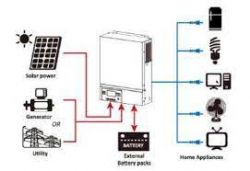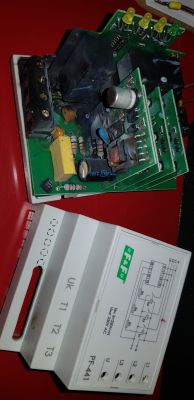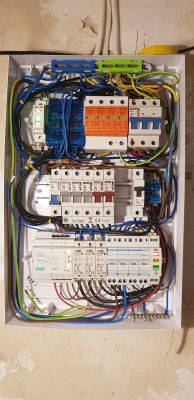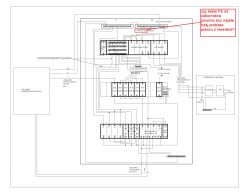The topic basically concerns a situation where the hybrid inverter is too weak to transfer the load of the entire house. In my case, the kitchen can draw 4 kW instantly and the AZO Digital ESB-6kW-24V inverter, according to the product card and looking at the contacts, will hardly transfer 3 kW? Therefore, I developed a connection scheme so as to use the energy in the off-grid system, but not to overload the inverter. As for the scheme, the installation is of the TN-C type, so I also have to "convert it" from the meter to TN-CS. Maybe someone will find it useful, or maybe someone will notice a mistake somewhere and we will fix it so that it will be useful to me and others. I also have a dilemma whether to connect the earth electrode through the inverter with the existing network (the dotted line with the description should be connected). Regards








